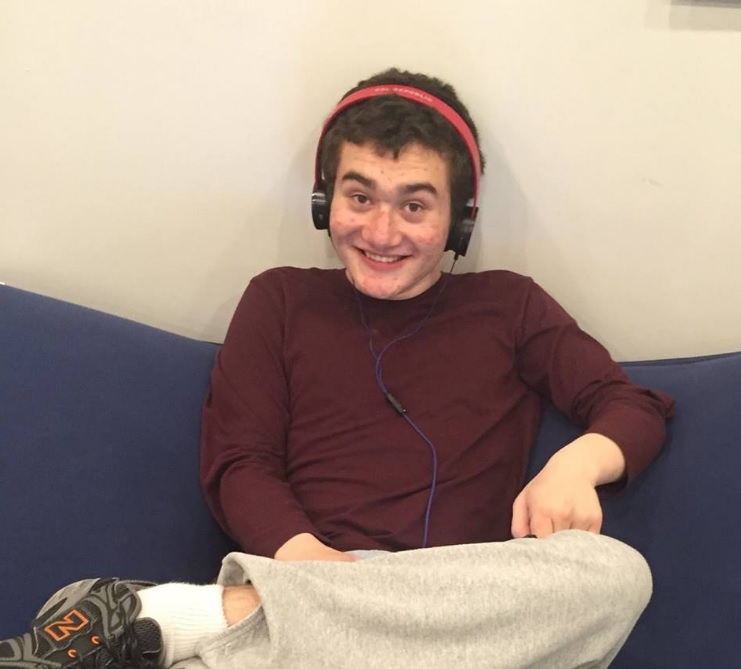He couldn’t speak and he couldn’t respond. For the first 15 years of his life, Gordy Baylinson’s parents thought their son, who has severe autism, didn’t understand what they were saying to him.

But after he learned how to type with a new technology, Baylinson penned a heartfelt letter that explained he has been very aware of his surroundings.
“You see life for me and others like me is a daily game, except not fun, of tug-of-war. My brain, which is much like yours, knows what it wants and how to make that clear. My body, which is much like a drunken, almost six foot toddler, resists,” the boy wrote in a letter to a police officer running an Autism Safety Fair in Maryland.
“This letter is not a cry for pity, pity is not what I’m looking for. I love myself just the way I am, drunken toddler body and all. This letter is, however, a cry for attention, recognition and acceptance,” Baylinson said.
Baylinson was diagnosed on the autism spectrum disorder when he was 17 months old.
READ MORE: 4 misconceptions about autism
Last year, Baylinson’s therapist showed him a tool – called Rapid Prompting Method – that helps him communicate by typing one letter at a time with his index finger.
He wrote the letter with the help of his therapist one afternoon, but no one coached him, edited his words or told him what to say, according to a Washington Post report about the story.
- Canadian man dies during Texas Ironman event. His widow wants answers as to why
- ‘Super lice’ are becoming more resistant to chemical shampoos. What to use instead
- Canadians more likely to eat food past best-before date. What are the risks?
- Treatment from female doctors leads to lower death rates, study finds
It took him two hours to write the 400-word note.
In it, he explains that he’s hopeful the community will learn to recognize the signs of non-speaking autism.
READ MORE: U.S. autism estimate increases to 1 in 68 children
“If you can recognize the signs, then you will be able to recognize our differences which then leads to the understanding of those differences, which brings us to the wonders of acceptance,” Baylinson wrote.
“With these simple ingredients, together we can create a safe, welcoming and happy environment for both autistics and neurotypicals alike,” he said.
Some hints he said people can pay attention to include flapping hands, or making words or noises that seem uncontrollable.
He says nothing means more to people with non-speaking autism than respect.
READ MORE: Why you should care about changes to the DSM mental-health bible
Gordy’s parents say they didn’t know their son had so much awareness of his environment.
“We had no clue…and here he is writing this eloquent, even funny letter, with such empathy,” his dad, Evan Baylinson, told TODAY.
“We were just floored, completely floored.”
carmen.chai@globalnews.ca
Follow @Carmen_Chai




Comments